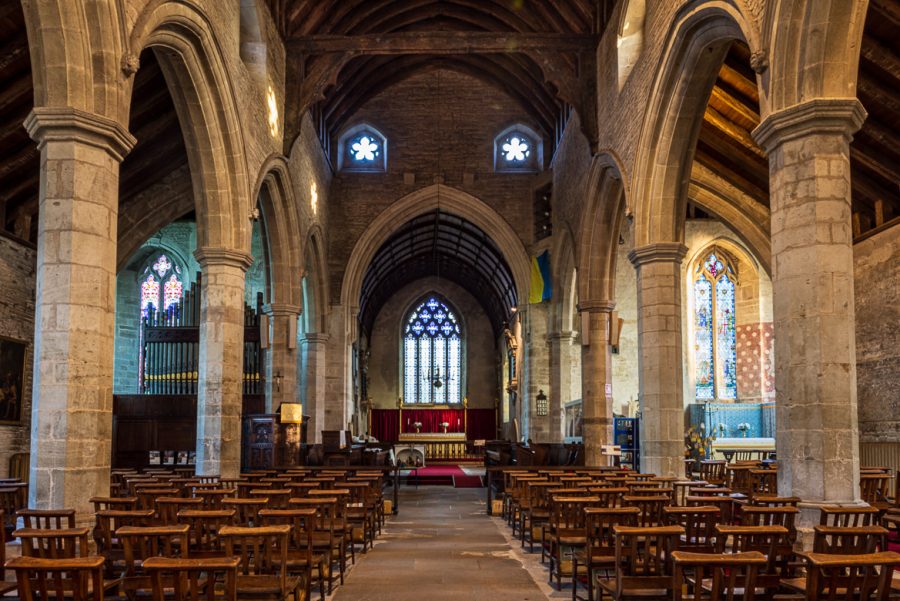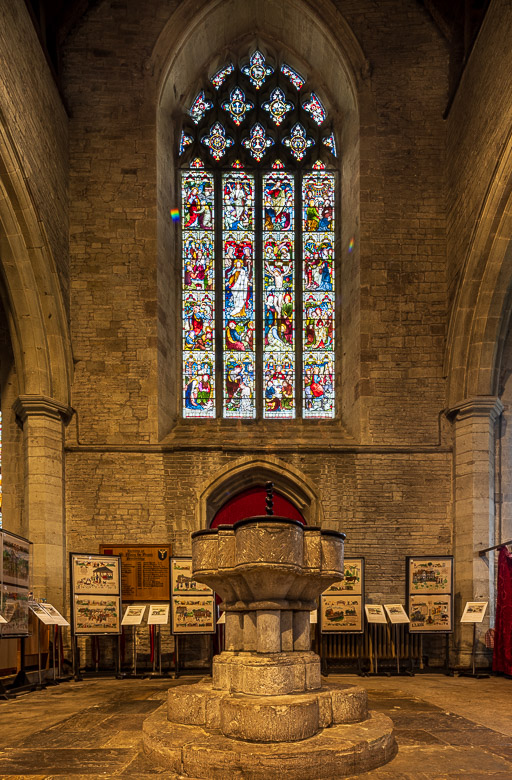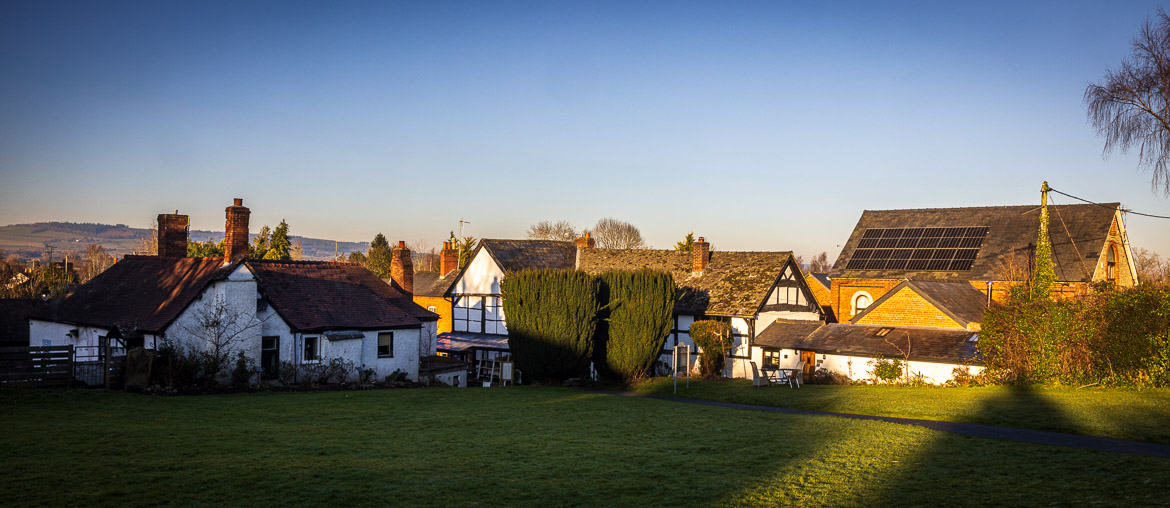Following on from my previous post about Eardisland, I will publish a series of posts from neighbouring villages and market towns and also from some very old and unusual churches in Herefordshire in beautiful settings. I start with our neighbouring village, Pembridge, which is at a comfortable walking distance from our house in Eardisland – around 1 1/2 mile along the river Arrow.
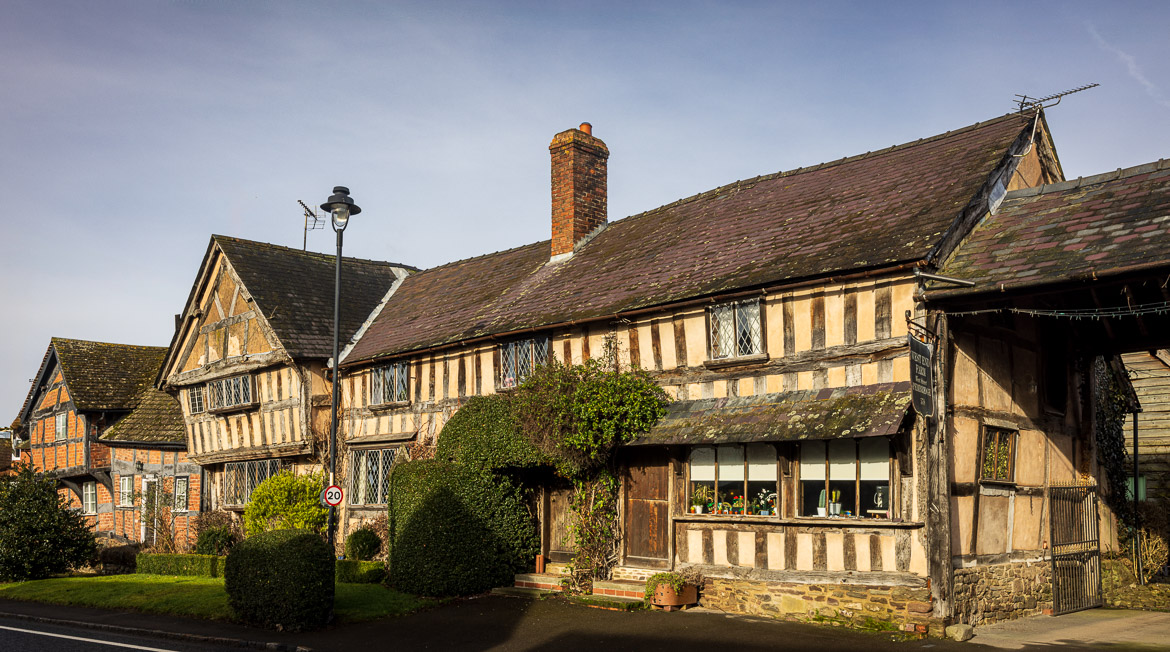
Pembridge grew up near a ford across the River Arrow. In medieval times it had around 2,000 inhabitants due to the success of its market fairs that commenced in 1239. The present population has shrunk to around half the medieval size.
Pembridge is full of half-timbered black and white buildings, most of them dating from the period between 1425 and 1525 with some newer additions from the 16th or 17th centuries.
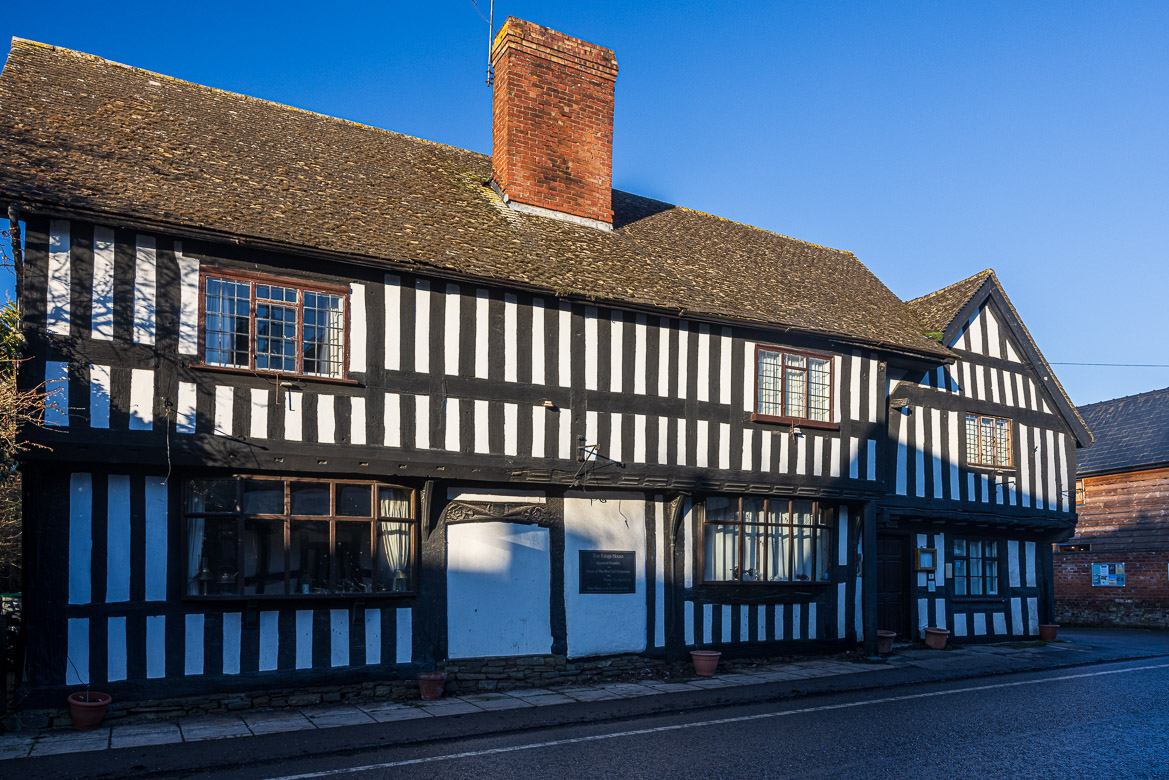
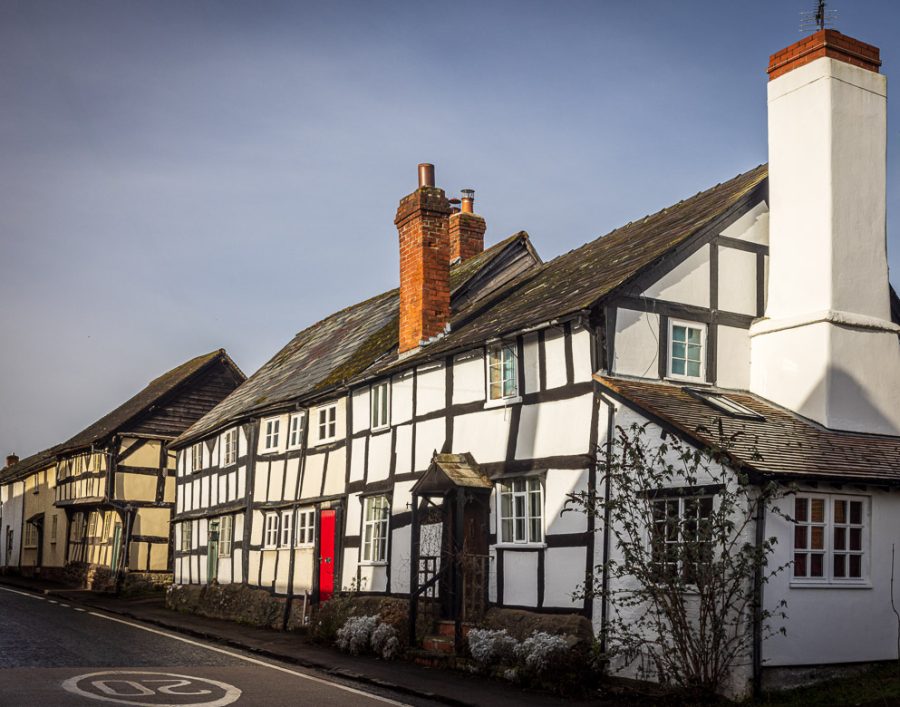
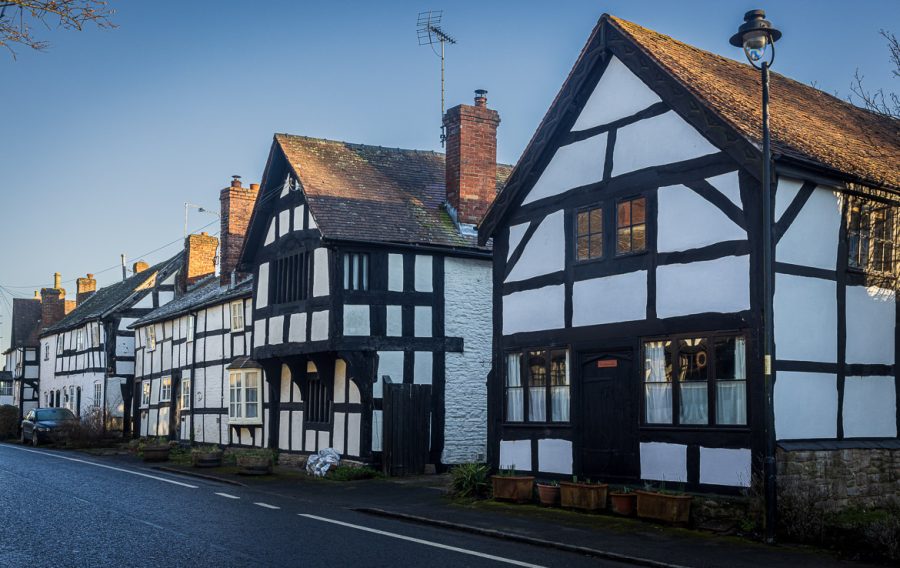
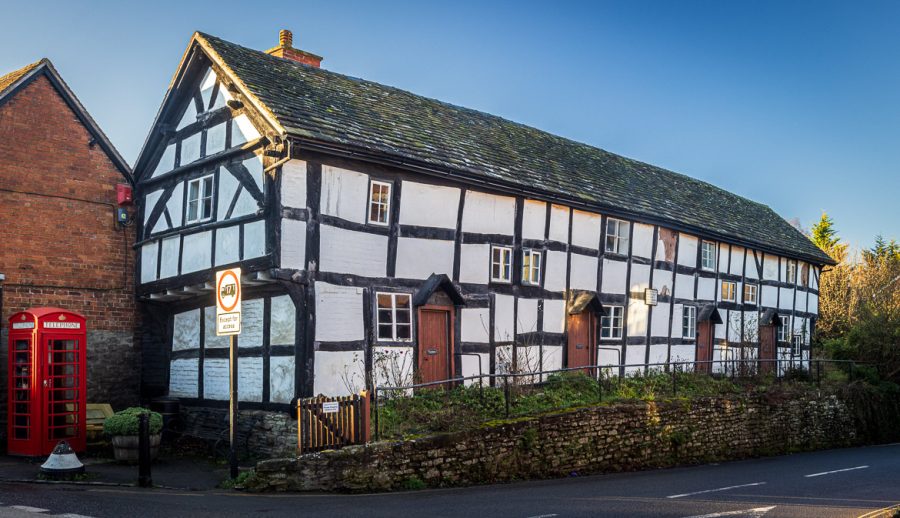
The Old Market Hall, which is from 1520, was the meeting point for a Christmas Eve Meet last Christmas {For my foreign friends: a Meet is a fox hunting event with horses and hounds following a trail laid out to simulate a running fox}. But originally the Market Hall and its predecessors and the whole village of Pembridge was used for another type of meetings: those between the English wool traders and the Welshmen with wool to sell. They could trade in safety at the village, and Pembridge flourished as a trading centre. The union between England and Wales during the reign of Henry VIII created increased safety in the borderlands, but also caused a gradual decline of Pembridge as a trading centre, as it was no longer needed.
Next to the Old Market Hall is the New Inn. It was build in the 17th C, but the original inn is thought to have been built in 1311. Even if it is called the New Inn, it is one of the oldest in the country.
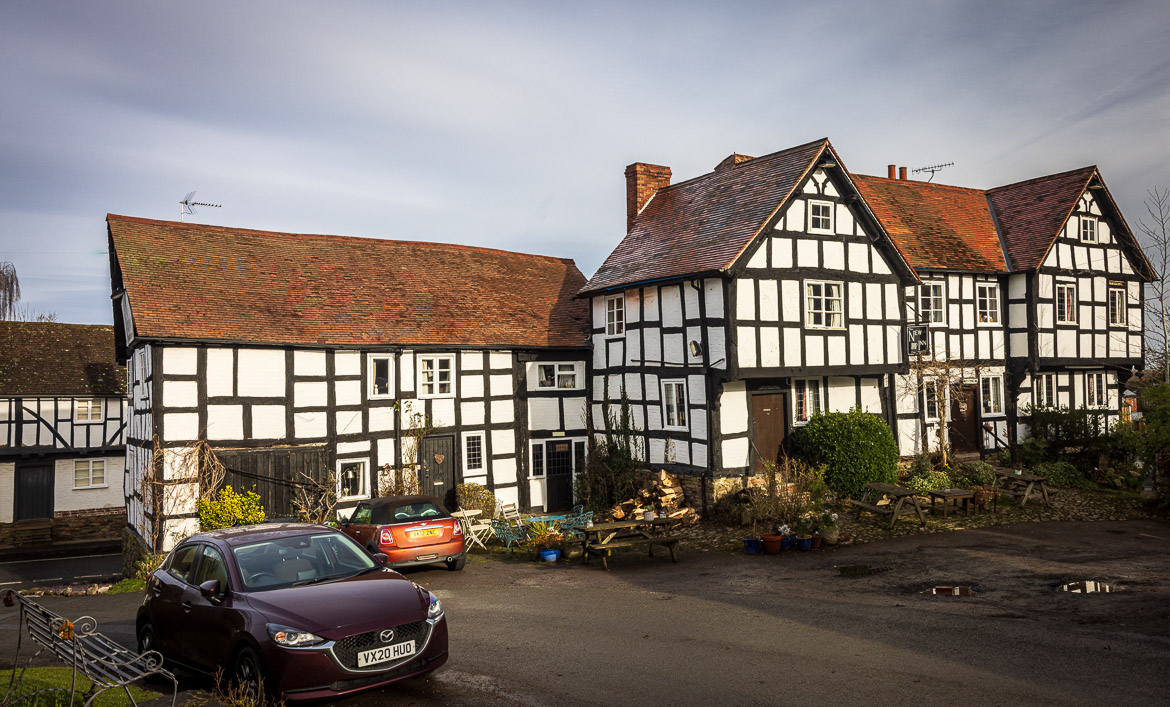
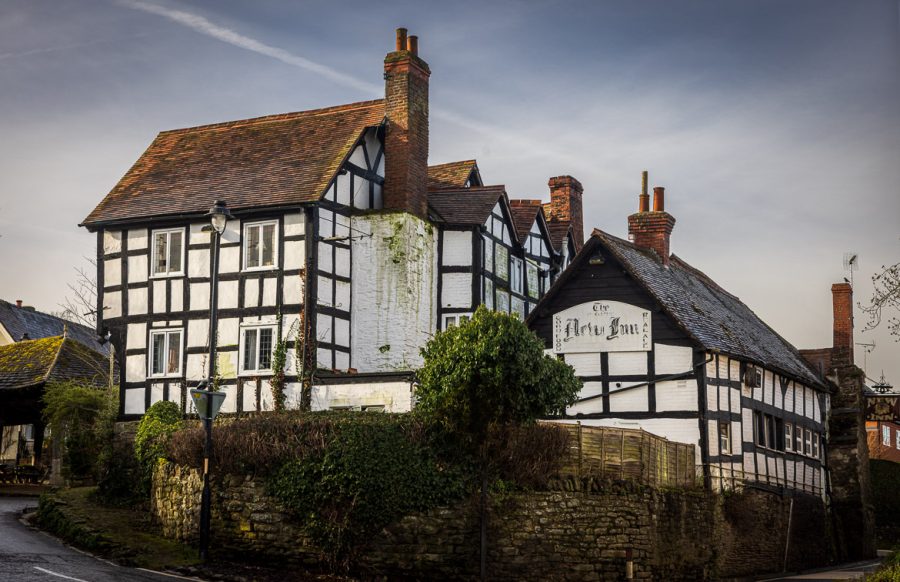
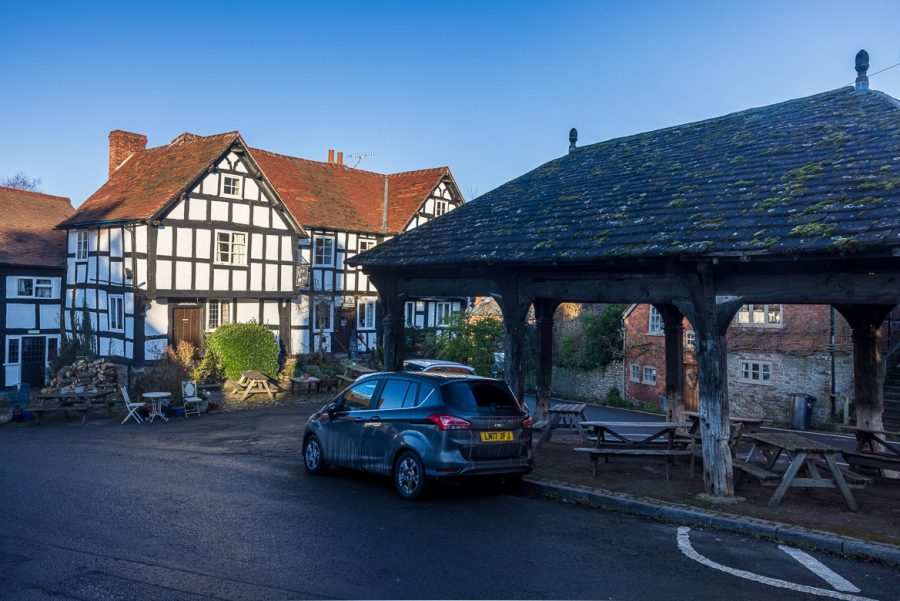
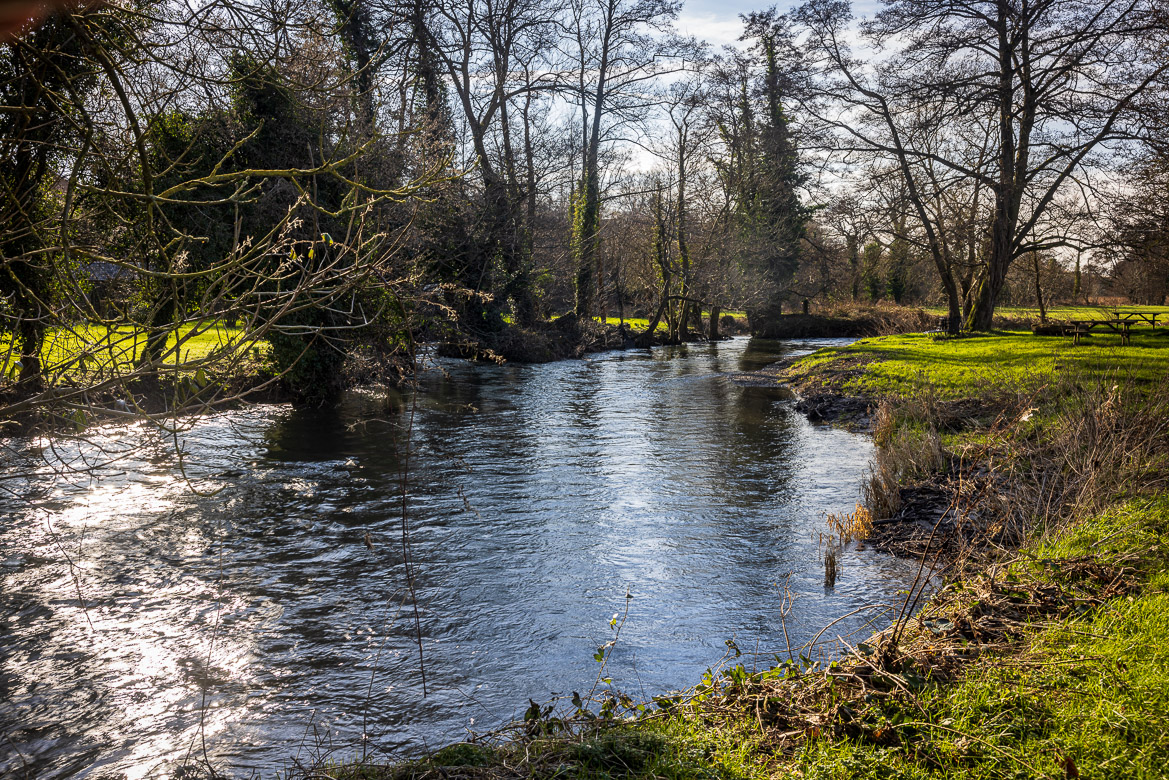
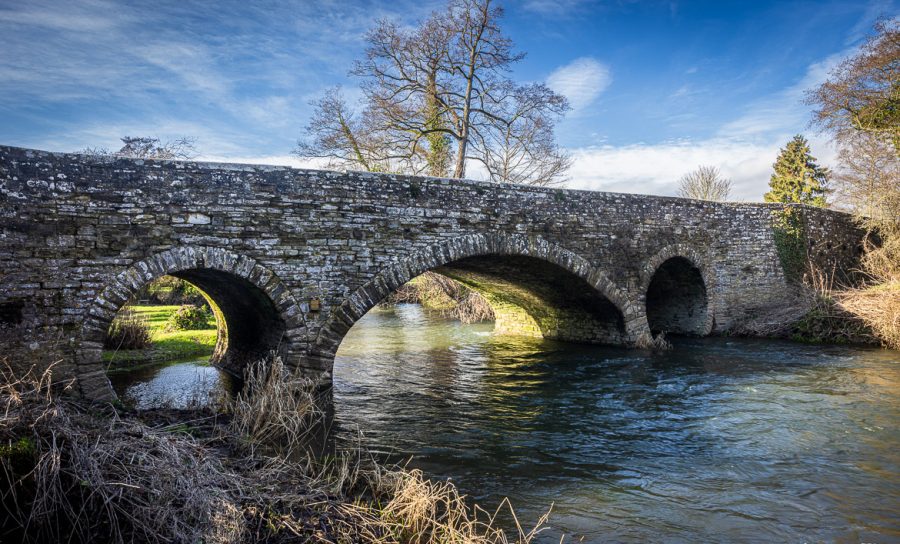
Overlooking the New Inn and the Old Market Hall is the parish church of St Mary. The church is famous for its striking detached bell tower, one of only seven in the country and possibly the most impressive. It dates from very early 13th C making it the earliest surviving timber structure in England. The walls of the belfry have arrow slits, suggesting the bell tower was also built as a stronghold against raids, a sign of the closeness to the Welsh border, where skirmishes were common at those times.
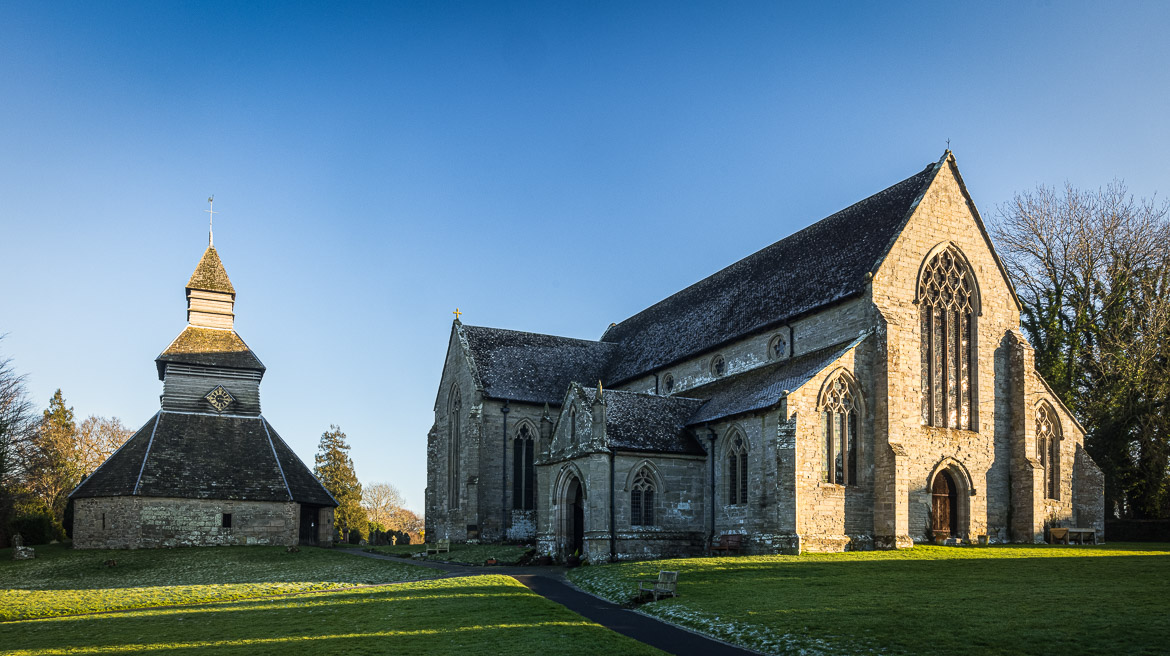
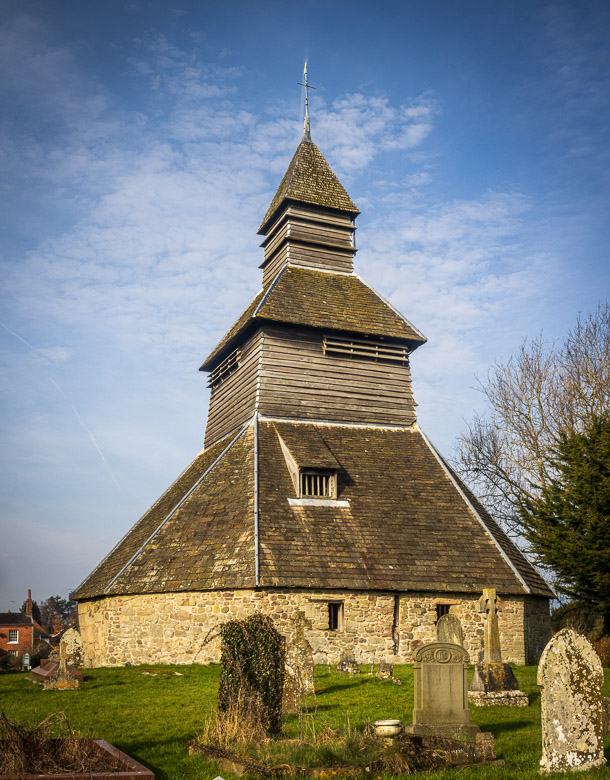
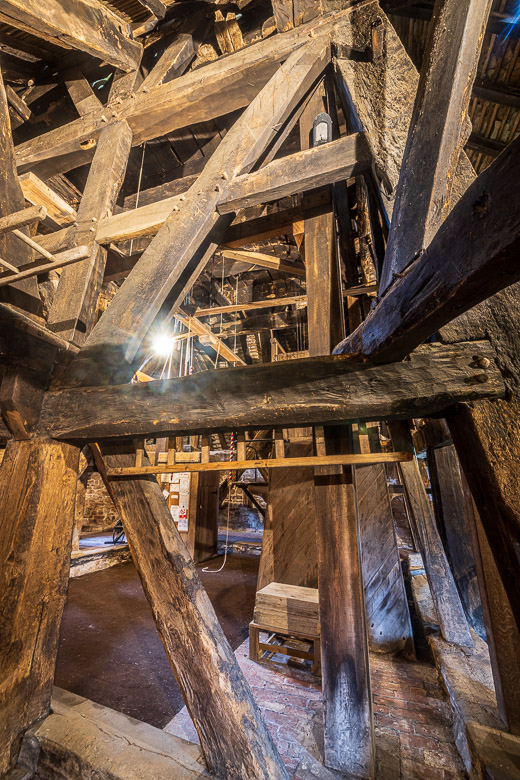
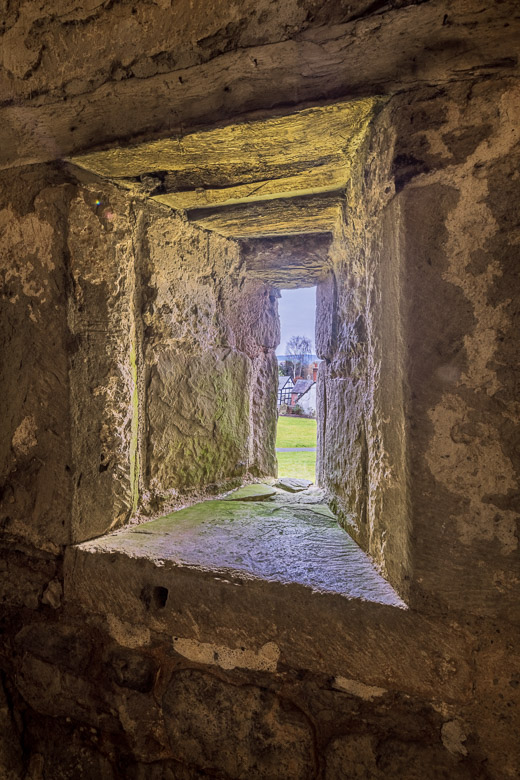
And next to the church is a moat and mound, where the original Pembridge Castle once stood. Another sign of the closeness of the village to the Welsh border. A similar moat is to be found in Eardisland and other nearby villages and they are normally situated next to their respective churches. The former owners of Pembridge Castle relocated in 1209 to a “proper castle” in South Herefordshire, and nothing remains now in Pembridge of the original castle buildings except the mound and the moat.
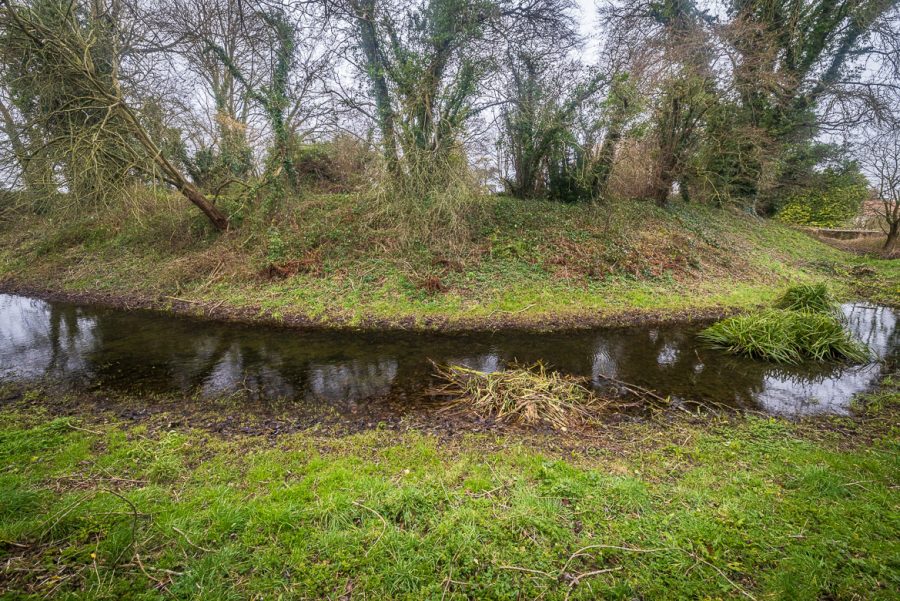
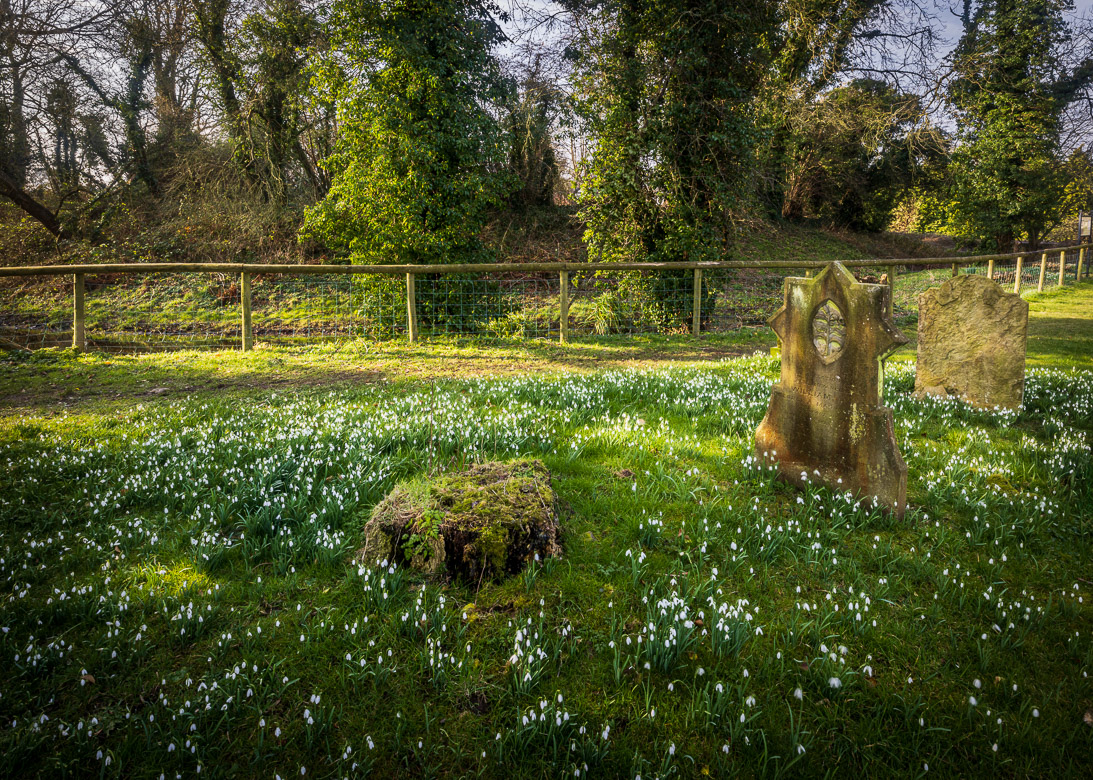
From the same time as the bell tower (early 13th C) is the oldest part of the church itself, the chancel, and opposite at the west end of the nave is a lovely font from the same period (early 13th C).
